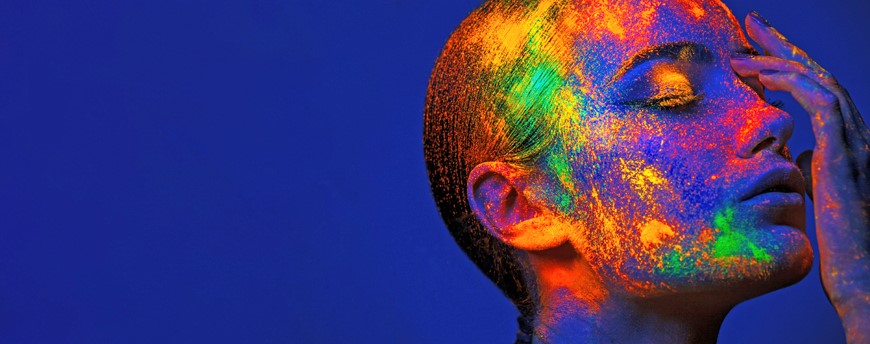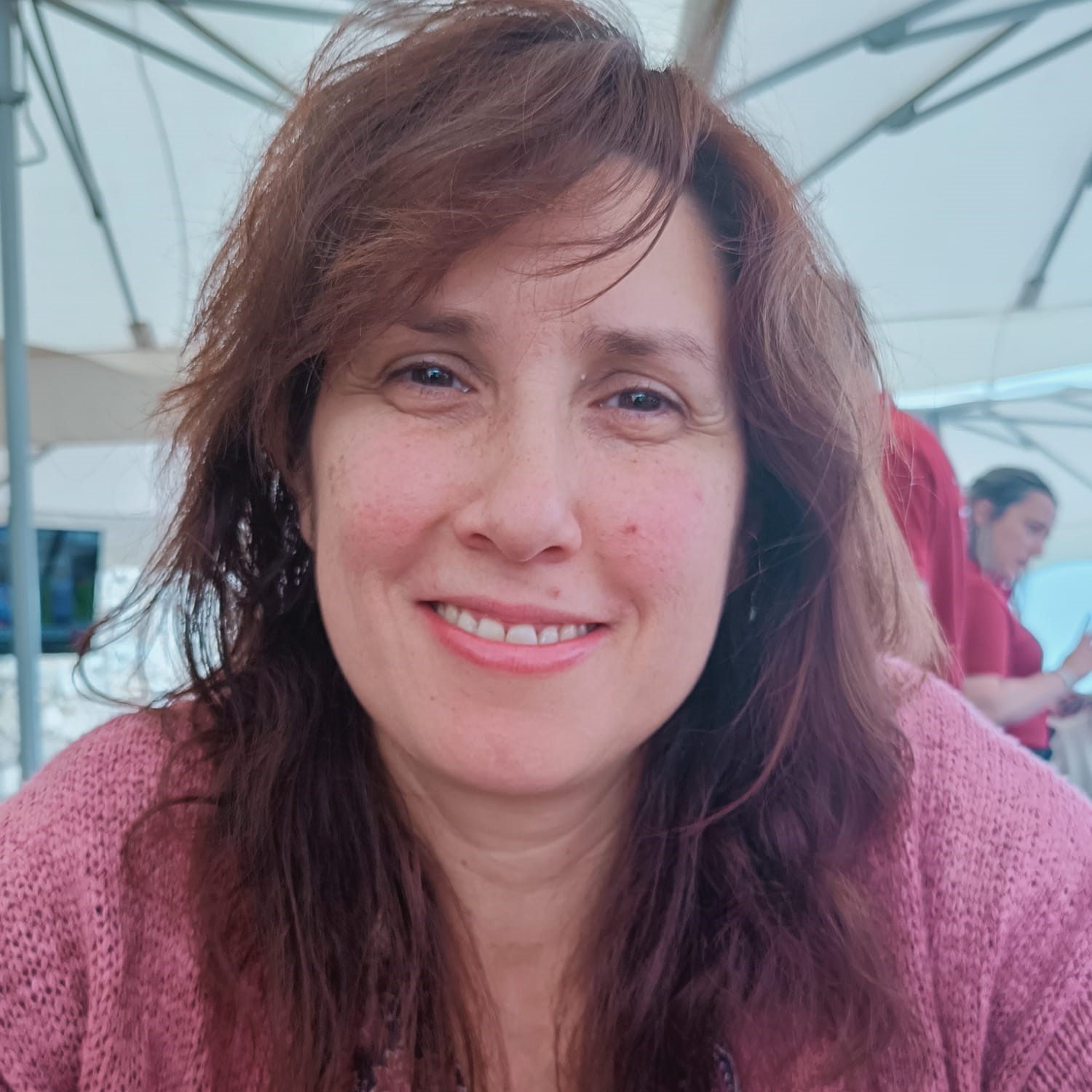Universidade Autónoma de Lisboa is committed to respecting the privacy of its users. The User, when sending information through the Universidade Autónoma de Lisboa website, declares and guarantees that he has the powers and capacity to do so.
General Data Protection Regulation (GDPR)
The General Data Protection Regulation is in force, which establishes rules regarding the protection and processing of personal data.
1. Identification of the Data Controller
University Teaching Cooperative founding entity of the Autonomous University of Lisbon.
1150-293 Lisbon
2. What data we collect and the treatment we give them
direct collection
It is not necessary to provide any personal data to use the Universidade Autónoma de Lisboa website as a visitor. Users' personal data are only collected when any of the available functions essential for the Universidade Autónoma de Lisboa can provide information or allow access to Newsletters, Events, etc.
The data we collect for these purposes are as follows:
Indirect data collection
The Universidade Autónoma de Lisboa, through Google Analytics, collects the following aggregated data: Geographic origin (city, country), language, device type, operating system, browser, operator, age, gender, access date and time, referencing data addresses, IP address.
Universidade Autónoma de Lisboa will monitor all statistical information regarding the use of the site in an aggregated and anonymous way. The data used for this purpose does not contain personally identifiable data or private information.
The analyzes carried out from this information will be carried out to interpret the patterns of use of the website and improve service levels and user satisfaction. This information may be disclosed to third parties or publicly.
Universidade Autónoma de Lisboa also uses cookies on the website in order to improve performance and user experience.
“Cookies” are small text files that are stored on your computer or mobile device through your browser, retaining only generic information related to user preferences; allow access to specific areas of the site and faster and more efficient navigation, eliminating the need to repeatedly enter the same information.
By clicking on the cookies banner or by continuing to browse the Universidade Autónoma de Lisboa website, users of the website are accepting the insertion of cookies in the respective devices mentioned above, without prejudice to the control and management available.
Through browsers, any user can accept, refuse or delete cookies, namely by selecting the appropriate settings in the respective browser. At any time, the user can, through it, decide to be notified of the receipt of cookies, as well as block their entry into their system. Removing or blocking cookies on the website may limit access to some areas of the website.
Universidade Autónoma de Lisboa may also use web beacons (including conversion pixels) or other technologies for purposes similar to those identified above, including them on its website, in marketing emails or in our Newsletters to determine if messages have been opened and if made clicks on the links provided. Web beacons do not place information on users' computers, but they can, in conjunction with cookies, allow the monitoring of website activity. Conversion pixels are small codes located on a web page that are activated when someone visits that page.
3. Purposes and legal basis of the data
Universidade Autónoma de Lisboa collects your contact details so that it can provide information or allow access to Newsletters, Articles, Events, etc.
Universidade Autónoma de Lisboa may also, if the data subject gives his consent, use the contact data provided for use in Marketing campaigns or to send communications regarding our offering of services or those of our Partners. In these situations, the user is always given the possibility to oppose the sending of subsequent communications for the purposes of direct marketing, sending an email to privacidade@grupoautonoma.pt.
4. How long do we store your data
The data will be kept as long as the Data Subject does not withdraw his consent.
5. Data recipients
Marketing or the Legal Department are addressed (in case of exercise of rights by the Owners).
6. Disclosure of data
Universidade Autónoma de Lisboa does not disclose the personal data collected, unless required by law or by the competent authorities.
7. Data transfers
There are no data transfers to entities in countries that are not covered or in accordance with the GDPR.
8. What measures are in place to protect your data against unauthorized access, alteration or destruction?
Universidade Autónoma de Lisboa takes the necessary and legally required precautions to ensure the protection of the information collected from its users through the Universidade Autónoma de Lisboa website. These precautions ensure the offline security of that information.
Among others, the following technical and organizational measures are implemented to ensure the security and confidentiality of personal data: physical security (through access control), logical separation of records, access passwords and access levels, firewalls and antivirus programs. Data is kept encrypted.
9. Your rights
All personal data is processed in accordance with the provisions of Regulation EU 2016/679 of the European Parliament and of the Council, with the holders of personal data having the right to access, freely and without restrictions, confirming, rectifying, erasing or blocking the data. that they have provided, being able to exercise it, personally at our facilities or in writing, via email privacidade@grupoautonoma.pt, at any time and free of charge.
The Data Subject has the right to withdraw his consent at any time, and for this purpose, contact us via email. privacidade@grupoautonoma.pt
The Data Subject has the right to file a complaint with the National Data Protection Commission or any other supervisory authority.
10. Contact us
For any questions related to the processing of your personal data, you can contact the Universidade Autónoma de Lisboa by sending an email to privacidade@grupoautonoma.pt.
11. Revisions and changes
Universidade Autónoma de Lisboa reserves the right to change the privacy policy at any time.


